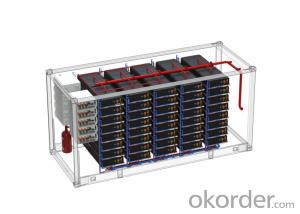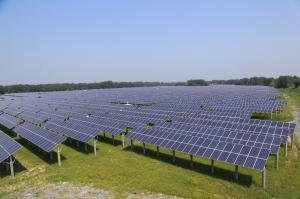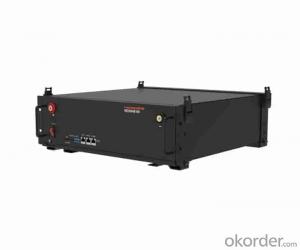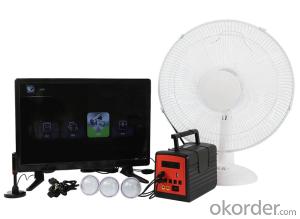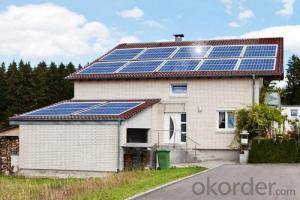Phocos Solar Inverter
Phocos Solar Inverter Related Searches
100w Solar Panel With Inverter Best Solar Panel Inverter 5000 Series Cast Aluminum Plate Portable Solar Panel Inverter First Solar Series 6 Module 12 Volt Solar Panel Inverter Plastic Solar Lanterns Buy Solar Panel Inverter Solar Panel Inverter Cost Solar Panel Without InverterHot Searches
Type Of Inverter For Solar Types Of Inverter For Solar Used Solar Inverter For Sale Inverter Size For Solar System Solar Edge Inverter For Sale 5kw Solar Inverter For Sale Solar Inverter For Sale Solar Inverter For Battery Solar Inverter For Split Ac Solar Inverter For Laptop Solar Inverter For Fridge Solar With Inverter Price Solar Inverter With 2 Battery Solar Inverter Price In China Best Solar Inverter In China Solar Inverter Price In Dubai Solar Inverter Price In Uae Solar Inverter Price In Kenya Solar Inverter Price In Kerala Solar Hot Water Collectors For SalePhocos Solar Inverter Supplier & Manufacturer from China
Okorder.com is a professional Phocos Solar Inverter supplier & manufacturer, offers integrated one-stop services including real-time quoting and online cargo tracking. We are funded by CNBM Group, a Fortune 500 enterprise and the largest Phocos Solar Inverter firm in China.Hot Products
FAQ
- Yes, there are some risks of electrical malfunctions or failures during extreme weather events with solar energy systems. Severe weather conditions such as hurricanes, tornadoes, hailstorms, or heavy snowfall can potentially damage solar panels, inverters, or electrical wiring, leading to system failures. Additionally, lightning strikes can pose a risk to solar energy systems, potentially causing damage or complete failure. However, proper installation, regular maintenance, and adhering to industry standards can help mitigate these risks and ensure the resilience of solar energy systems during extreme weather events.
- The lifespan of solar panels used in solar energy systems typically ranges from 25 to 30 years, although some panels can last even longer with proper maintenance and care.
- Net metering is a billing arrangement that allows customers with solar panels or other renewable energy systems to receive credit for any excess electricity they generate and feed back into the grid. The electricity meter measures the difference between the energy consumed from the grid and the energy generated by the customer's system. This net difference determines the amount of energy credited or charged to the customer's account. In essence, net metering enables homeowners to offset their electricity costs and promotes the adoption of clean energy sources.
- The role of inverters in a solar energy system is to convert the direct current (DC) generated by solar panels into alternating current (AC) electricity that can be used to power homes, businesses, or be fed back into the grid. Inverters also regulate the voltage and frequency of the electricity to ensure compatibility with electrical devices and the grid.
- There are several financing options available for solar energy systems. These include purchasing the system outright with cash or a loan, leasing the system, utilizing power purchase agreements (PPAs), and utilizing solar loans or solar-specific financing programs. Each option has its own benefits and considerations, such as upfront costs, ownership, maintenance responsibilities, and potential tax incentives. It is important to research and compare these options to determine the best fit for individual circumstances and financial goals.
- Solar energy systems have the capability to power refrigeration systems. Through the use of solar panels, solar energy can be converted into electricity, which can then be utilized to operate refrigeration systems. This is commonly achieved by employing photovoltaic (PV) systems, which convert sunlight into electricity using semiconducting materials. The electricity generated by these systems can be employed to power the compressors and other components of refrigeration systems, enabling them to function independently from traditional power sources. By harnessing solar energy for refrigeration, not only can energy costs be reduced, but also the environmental impact can be minimized, as solar energy is a clean and renewable power source.
- Indeed, it is feasible to install a solar energy system on a tile roof, although additional considerations and precautions may be necessary compared to other types of roofs. Tile roofs often possess a fragility and delicacy greater than other roofing materials, necessitating special care during installation to prevent tile damage. This may entail enlisting experienced and skilled solar installers familiar with working on tile roofs. Moreover, the weight of the solar panels and mounting equipment must be taken into account, as tile roofs may have weight restrictions. To ensure the roof can withstand the added weight, reinforcements or additional support may be required. Proper sealing and waterproofing are also indispensable when installing solar panels on tile roofs to avert leaks or harm to the roof structure. This might involve employing specialized mounting brackets and flashing to create an impermeable seal around the tiles. In conclusion, while it is possible to install a solar energy system on a tile roof, it is crucial to consult professionals experienced with tile roofs to guarantee correct installation in accordance with safety and structural requirements.
- Solar energy systems can still be used in areas with limited access to sunlight due to shading from nearby buildings or structures, but their efficiency may be reduced. It is important to design and position the solar panels properly to maximize exposure to sunlight throughout the day. Additionally, advanced technologies like solar tracking systems or micro-inverters can help mitigate the impact of shading, making solar energy viable even in shaded areas.




































